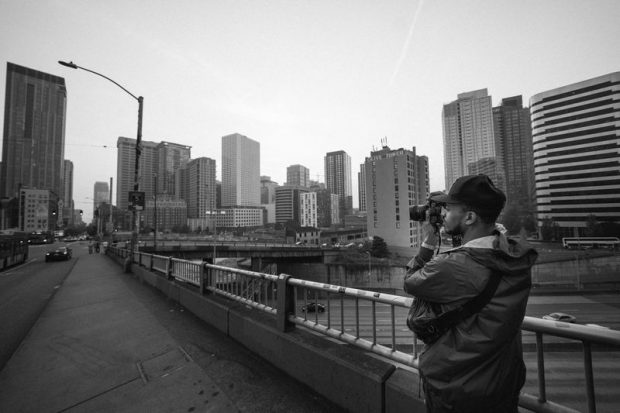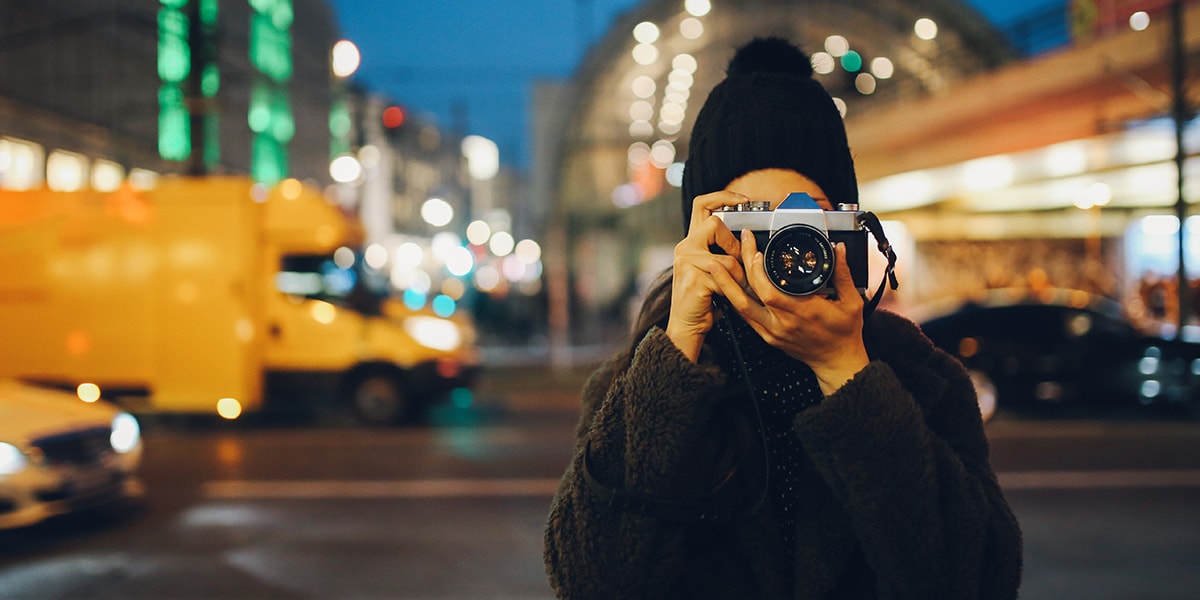Framing Streets Can Be Fun For Anyone
Framing Streets Can Be Fun For Anyone
Blog Article
The Facts About Framing Streets Uncovered
Table of Contents4 Easy Facts About Framing Streets ExplainedIndicators on Framing Streets You Need To KnowFraming Streets - An OverviewNot known Incorrect Statements About Framing Streets The Single Strategy To Use For Framing StreetsThe 2-Minute Rule for Framing Streets
Digital photography style "Crufts Canine Show 1968" by Tony Ray-Jones Street photography (also in some cases called honest digital photography) is digital photography carried out for art or query that includes unmediated opportunity encounters and arbitrary occurrences within public places, generally with the aim of recording photos at a decisive or emotional moment by cautious framework and timing. 
Framing Streets Can Be Fun For Everyone
Susan Sontag, 1977 Road digital photography can focus on individuals and their behavior in public. In this regard, the street photographer resembles social documentary professional photographers or photographers who also work in public places, yet with the goal of recording newsworthy occasions. Any one of these professional photographers' photos might capture individuals and residential property visible within or from public areas, which commonly entails browsing moral issues and legislations of personal privacy, security, and residential property.
Depictions of day-to-day public life develop a style in practically every duration of world art, starting in the pre-historic, Sumerian, Egyptian and early Buddhist art periods. Art managing the life of the road, whether within sights of cityscapes, or as the dominant motif, appears in the West in the canon of the Northern Renaissance, Baroque, Rococo, of Romanticism, Realism, Impressionism and Post-Impressionism.
Framing Streets - Questions
Louis Daguerre: "Boulevard du Holy place" (1838 or 1839) In 1838 or 1839 the very first picture of numbers in the road was taped by Louis-Jacques-Mand Daguerre in one of a set of daguerreotype views drawn from his studio home window of the Blvd du Holy place in Paris. The second, made at the elevation of the day, shows an unpopulated stretch of street, while the various other was taken at concerning 8:00 am, and as Beaumont Newhall records, "The Boulevard, so continuously loaded with a relocating crowd of pedestrians and carriages was perfectly singular, other than a person who was having his boots combed.
Subsequently his boots and legs were well specified, however he is without body or head, due to the fact that these remained in activity." Charles Ngre, waterseller Charles Ngre. https://www.viki.com/users/framingstreets1/about was the first photographer to achieve the technical class called for to register individuals in motion on the street in Paris in 1851. Digital Photographer John Thomson, a Scotsman working with reporter and social protestor Adolphe Smith, released Street Life in London in twelve monthly installments beginning in February 1877
Top Guidelines Of Framing Streets
Eugene Atget is related to as a progenitor, not because he was the first of his kind, yet as an outcome of the popularisation in the late 1920s of his record of Parisian streets by Berenice Abbott, that was influenced to embark on a comparable documents of New york city City. [] As the city created, Atget helped to advertise Parisian streets as a deserving topic for digital photography.

An Unbiased View of Framing Streets
Andre Kertesz.'s commonly admired Images la Sauvette (1952) (the English-language version was labelled The Decisive Moment) advertised the concept of taking an image at what he termed the "crucial minute"; "when form and content, vision and composition merged right into a transcendent whole" - Street photography hashtags.
The Definitive Guide to Framing Streets
The recording maker was 'a surprise camera', a 35 mm Contax hidden underneath his coat, that was 'strapped to the upper body and linked to a lengthy cord strung down the best sleeve'. However, his job had little contemporary impact as because of check it out Evans' level of sensitivities about the originality of his task and the privacy of his subjects, it was not released until 1966, in the book Numerous Are Called, with an intro composed by James Agee in 1940.
Helen Levitt, after that an educator of children, connected with Evans in 193839. She documented the temporal chalk drawings - photography presets that became part of kids's road society in New York at the time, in addition to the youngsters that made them. In July 1939, Mo, MA's brand-new digital photography section consisted of Levitt's operate in its inaugural exhibitionRobert Frank's 1958 publication,, was substantial; raw and often indistinct, Frank's pictures examined traditional photography of the moment, "challenged all the formal regulations put down by Henri Cartier-Bresson and Pedestrian Evans" and "flew in the face of the wholesome pictorialism and sincere photojournalism of American magazines like LIFE and Time".
Report this page